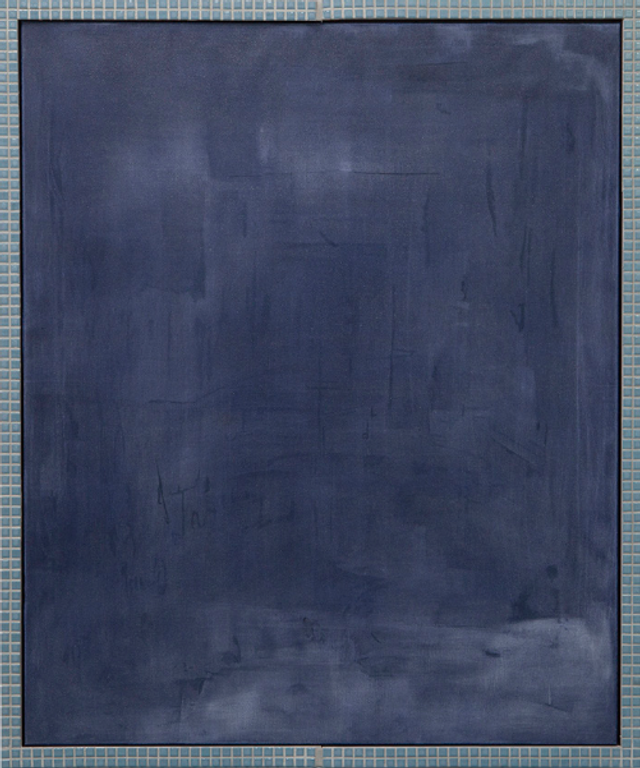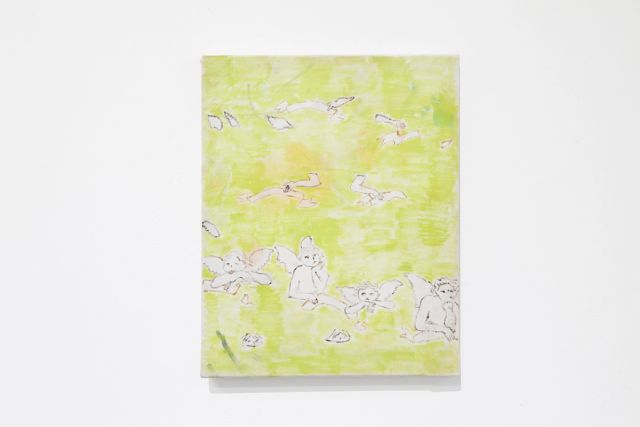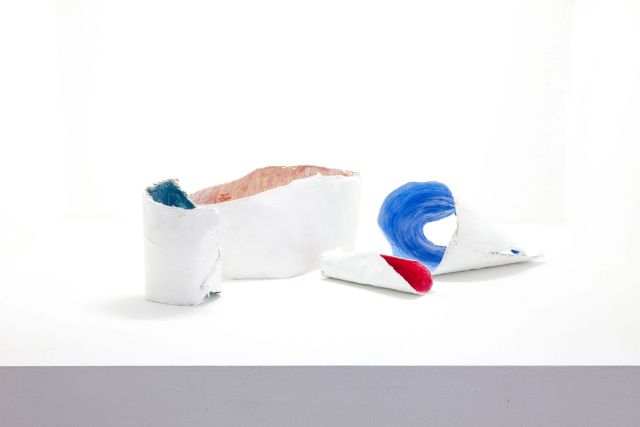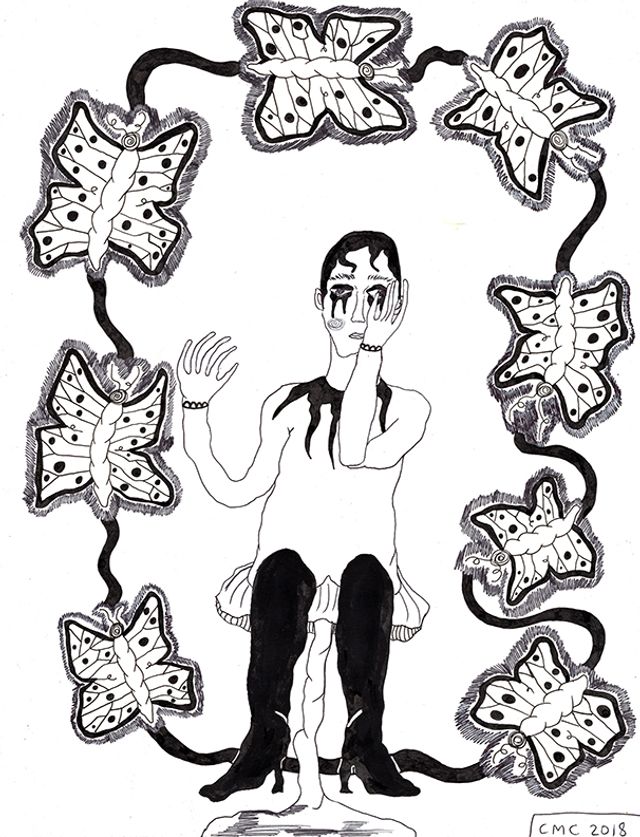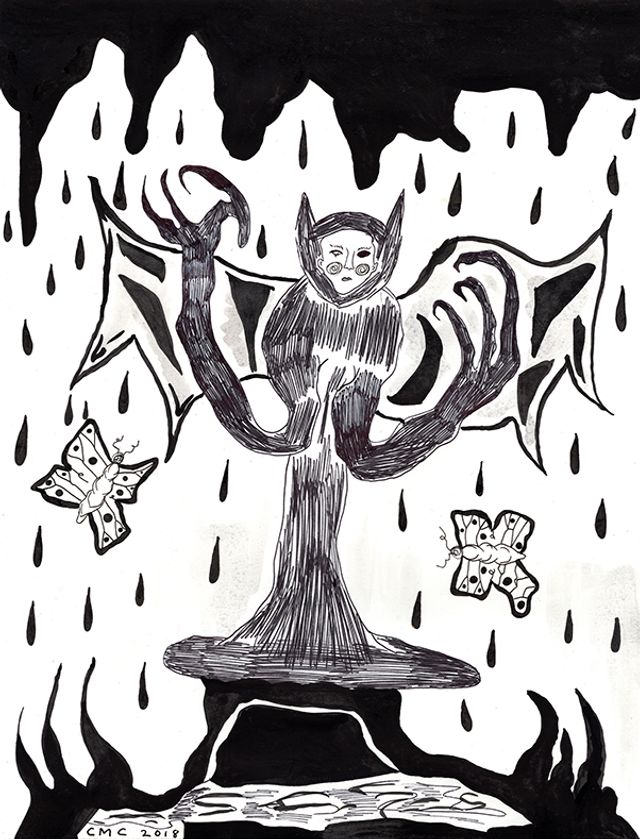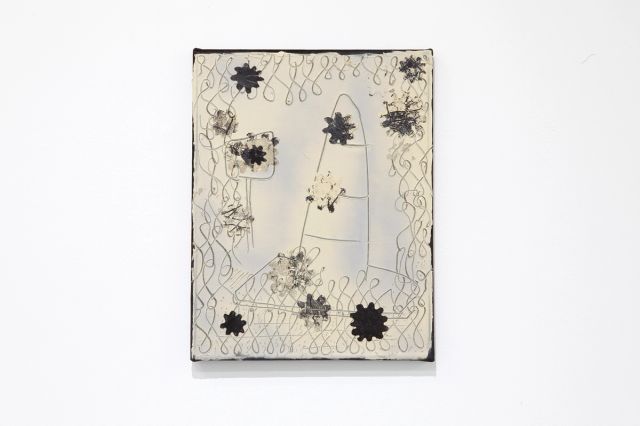11–27 July 2018
Smoke Screens

LON Gallery is thrilled to present, Smoke Screens a group exhibition curated by Clare Longley.
Smoke Screens is a group exhibition bringing together seven artists whose works, through foundations in fiction, have the capacity to draw viewers into ambiguous psychological territories. Emerging from the artists’ practices and specific works included, the exhibition reflects on feelings of mistrust and romantic fallibility, disguised by pictorial and gestural illusion towards fantasy and flirtatiousness. Smoke Screens suggests an allegorical relationship between the experience of making and viewing art, and the murky waters of love and romance through combining theatricality and sincerity.
The essential nature of emotion is fluid, complex, and unstable, nothing is factual, everything is real. The same qualities exist in art and exhibition making – it’s loose, there are multiple ways in, numerous perspectives, and various elements at play. Both are hardly conceivable without taking feelings into account.
Art to do with emotion encourages compassion, potentially allowing you to understand something that wouldn’t or couldn’t be expressed any other way. Although an outlet, consistently mining yourself for potential threads of feeling to be teased into material representation can be fatiguing or heart wrenching.
Fiction in art is a way of protecting yourself. Artistic licence: a simplified term for bending the rules and elaborating or neglecting details. Artists have the freedom to decide what to project and what to keep private. Art making is an emotional theatre of sorts, made to be looked at, performative, self-conscious. Here exists a duality of public display and private emotion, of performance and intimate feeling.
The splash is not a splash but a painstaking and poetic deceit.
A starting point for the exhibition, this quote from an essay by Catherine Wood Painting in the Shape of a House was featured in the exhibition catalogue for A Bigger Splash: Painting after Performance at Tate Modern in 2012. Here Wood reflects on the painterly gestures in David Hockney’s A Bigger Splash (1967).
She considers the duplicitous tension between often romanticised, emotionally fuelled mark making and the calculated, deliberate decisions that go into production. The splash of water on Hockney’s painting appears spontaneous and expressive, as in action painting, but was indeed painted over many days through detailed cross-hatching, scumbling, and careful pouring.
This poetic and murky dyad draws attention to the fictional nature of the material surface. Painting covers, masks, and changes things, at once falling apart and becoming the more you look – it’s representational quality is tenuous. Peering through this lens, the exhibition aims to amplify the relationship between the push and pull of art making, and the anticipatory illusion of romantic idealism.
Grand gestures, empty signs, repetitive patterns. Language used to describe both interpersonal interactions, and art that employs direct symbolism and dramatic visual language as a tool by which to functionalise feelings. Forcing affect down your throat, like chiaroscuro in Baroque painting. Sometimes this is enlightening or special; sometimes, it feels like trying to photograph perfume.
We become aware of how particular images and symbols are operating on us, the illusionary surface is broken. Emotions cannot simply be object direct judgements; they exist within a constellation. This is what makes specific artworks echo deeply and some associations difficult to forget.
Although each work in the exhibition exists as an individual gesture, my hope is that they commingle to fabricate an unlikely and endearing abstract narrative - at least a sensation. The exhibition forges friendships between artworks both theatrical and sincere, but all full of feeling with a finger in fiction, in an attempt to form an acrobatic dynamic between the two, an ongoing relationship of mutual exclusion and implication.
Featured artists
Stella Corkery
Jennifer Mathews
Claire Christerson
Jahnne Pasco-White
Clare Longley
- Tia Ansell
